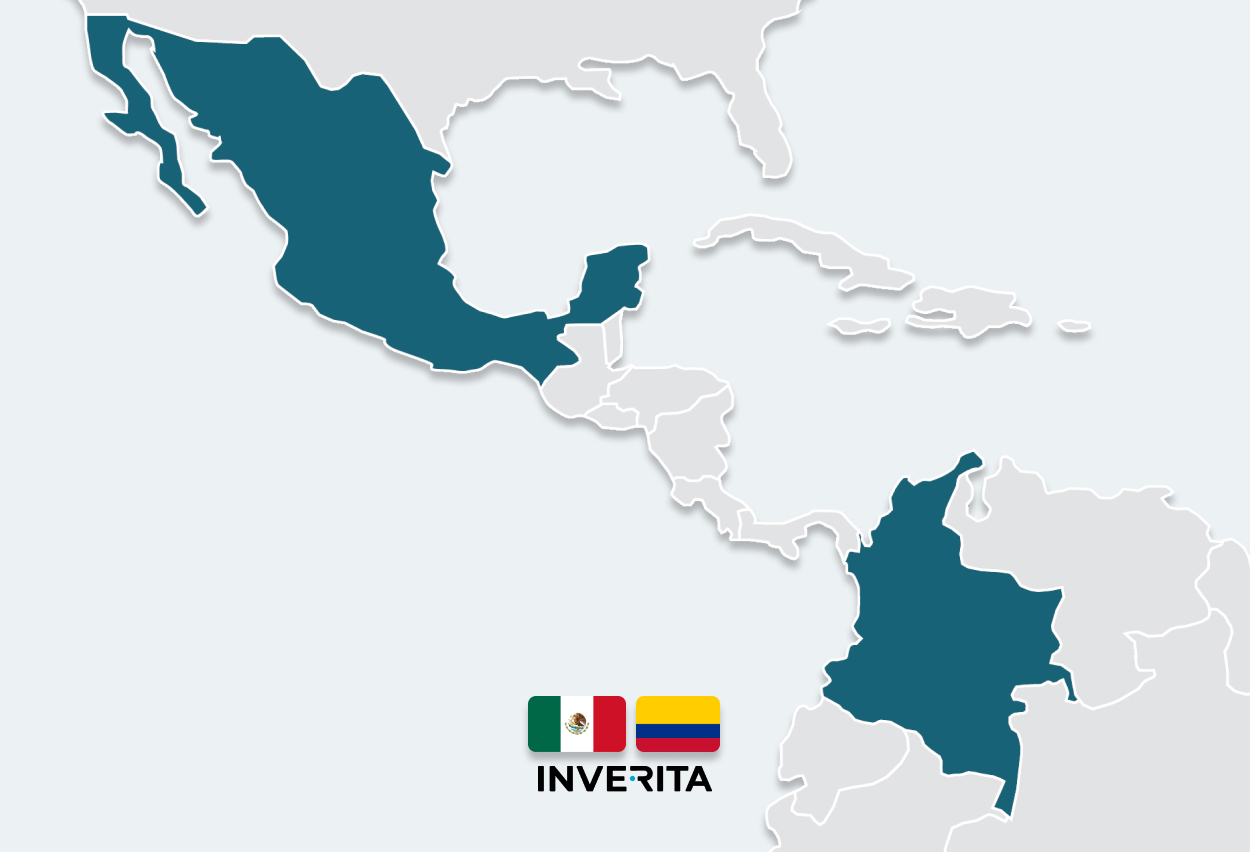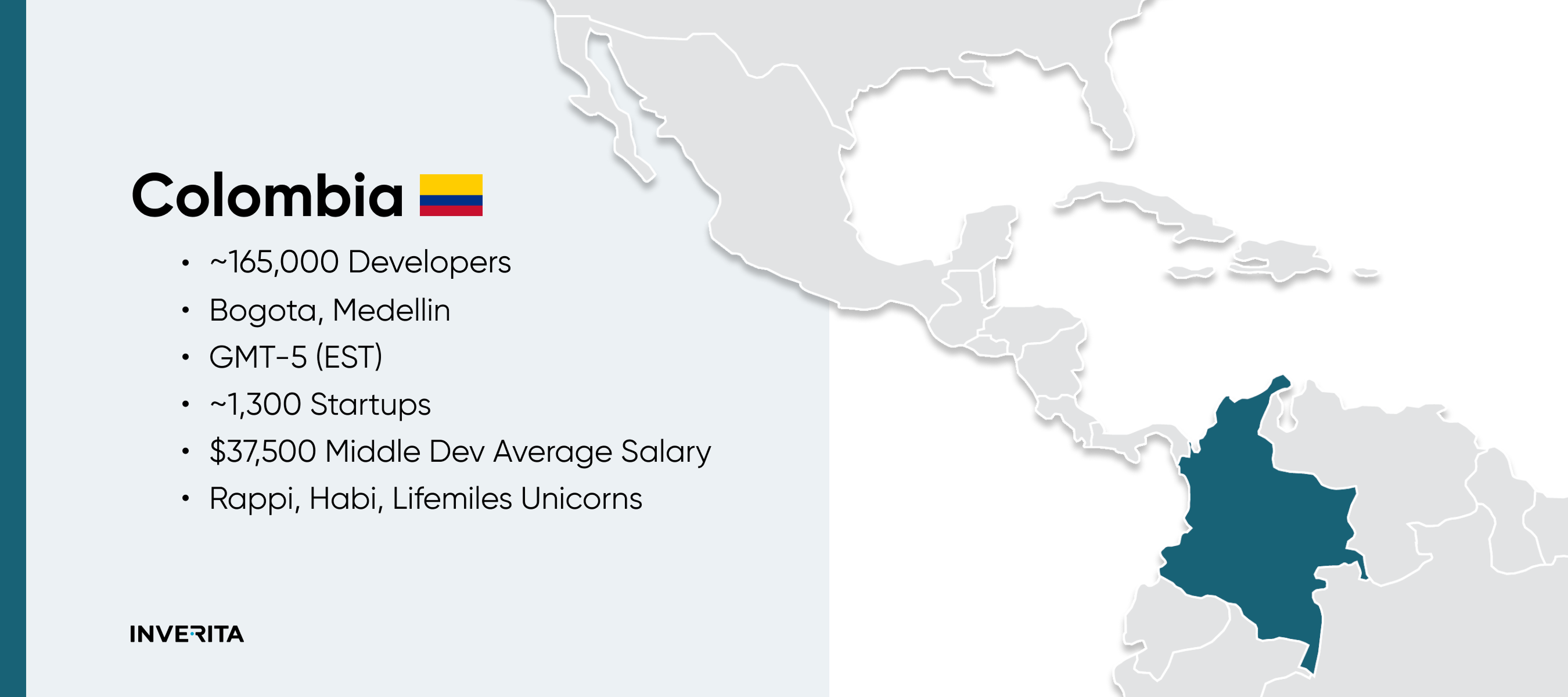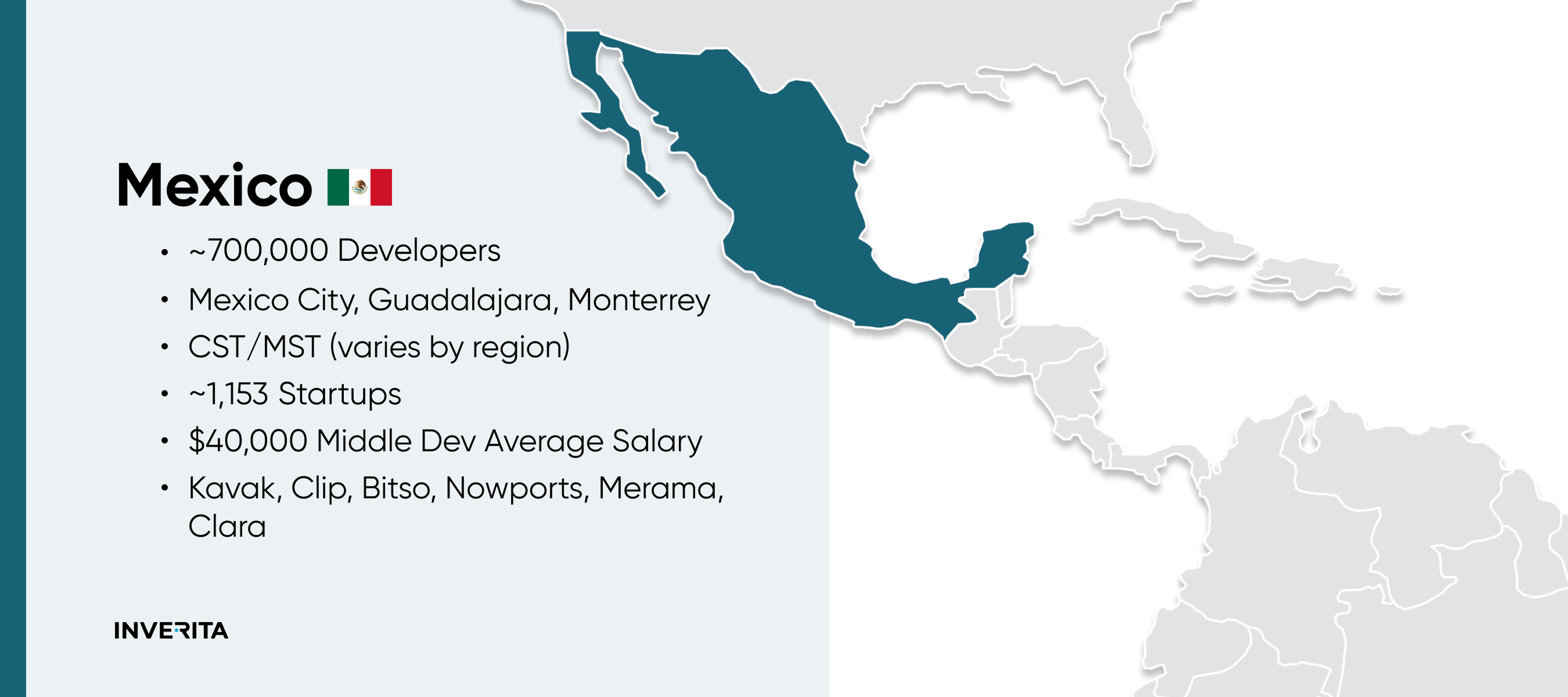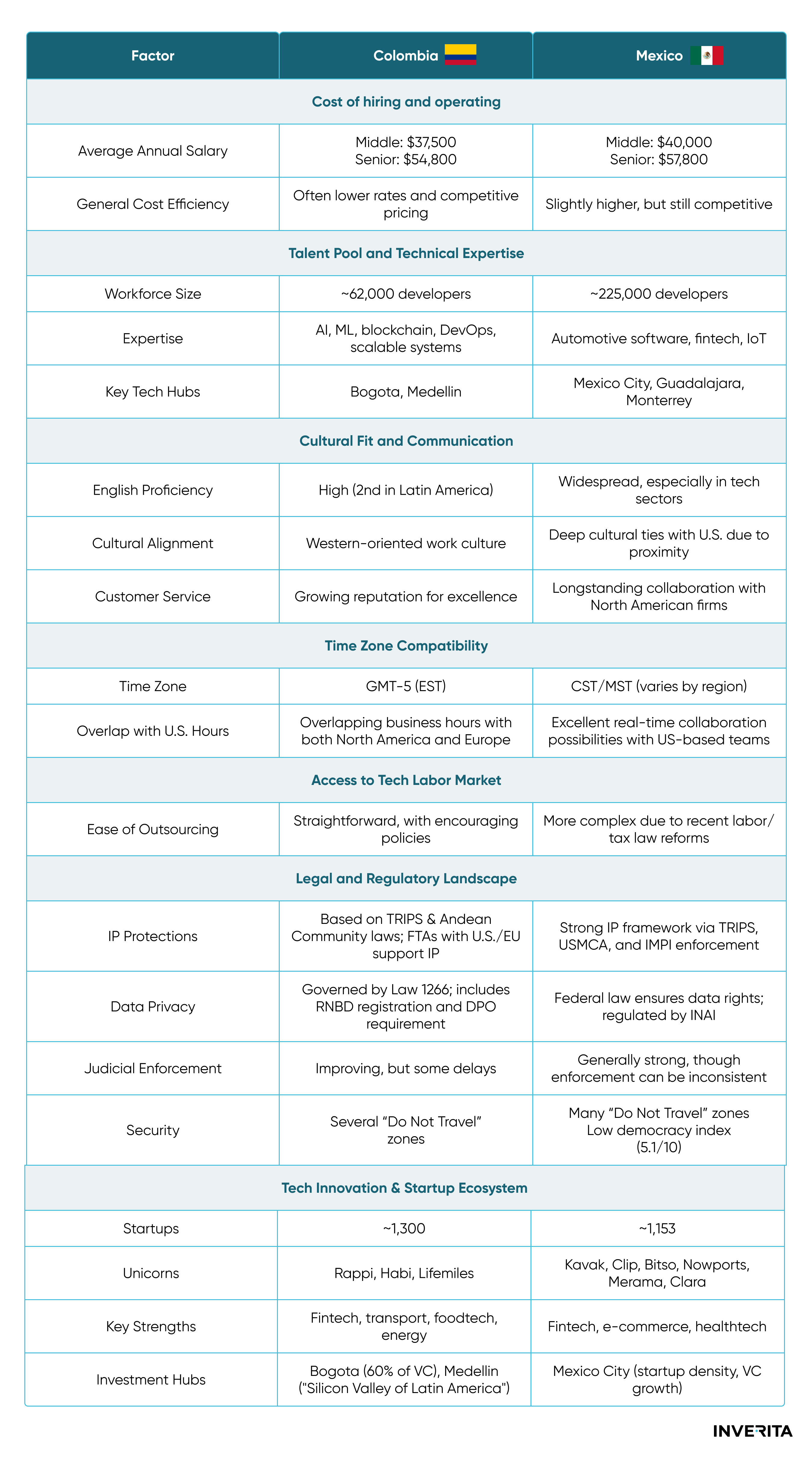Latin America is rapidly gaining traction as a nearshore powerhouse for software and information technology services among North American businesses. US companies, seeking skilled IT professionals, cost-effectiveness, and excellent time compatibility, are now considering Colombia and Mexico as top destinations in the region.
While both countries are definite standouts, each offering meaningful benefits for clients, there are certain peculiarities to consider carefully before making a decision.
In this article, we compare Colombia vs Mexico nearshore outsourcing, unveiling their core similarities and differences to help you make an informed choice for your business.
Why Compare Colombia and Mexico for Nearshore Technology Outsourcing?
Why do we even talk about Colombia vs Mexico outsourcing? In 2025, Latin America is a fast-growing hub for IT outsourcing. Since the last decade, its IT outsourcing market has been booming and is projected to experience sustainable growth in the coming years.
There are a few crucial factors that make LatAm stand out from other regions and be in the lead.
The Rise of Nearshore Software Development in Latin America
Below, take a look at the major reasons for US businesses to evaluate Colombia vs Mexico for nearshore technology outsourcing.
- Expanding IT talent pool. Latin America is known for its world-class tech specialists – across diverse programming skills and experience levels. Besides, tech experts from LatAm are often fluent in English and familiar with the US culture.
- Evolving IT ecosystem. The local tech community is currently maturing, with numerous emerging startups and increasing investments in IT.
- Cost savings. Latin America IT outsourcing provides significant affordability with developer salaries 40–50% less than in the USA. This, however, doesn’t compromise service quality.
- Time zone compatibility. Mexico shares three time zones with the United States, while Colombia operates on GMT-5, placing it only one hour behind EST. Due to the aligned time zones and cultural similarities, developers from these countries perfectly match US-based companies for efficient, real-time collaboration.
Colombia as a Nearshore Tech Outsourcing Destination
Before comparing the two countries, you should first gain a complete picture of each individually. Let’s start by analyzing nearshore software development in Colombia. Overall, this country boasts a rapidly expanding IT market full of fresh talent and strong nearshoring opportunities. There are more than 165,000 software developers and tech professionals currently employed, and around 15,000 new tech graduates join the market annually.
Now, let’s review this location based on key factors.







_1764586939-small.webp)

